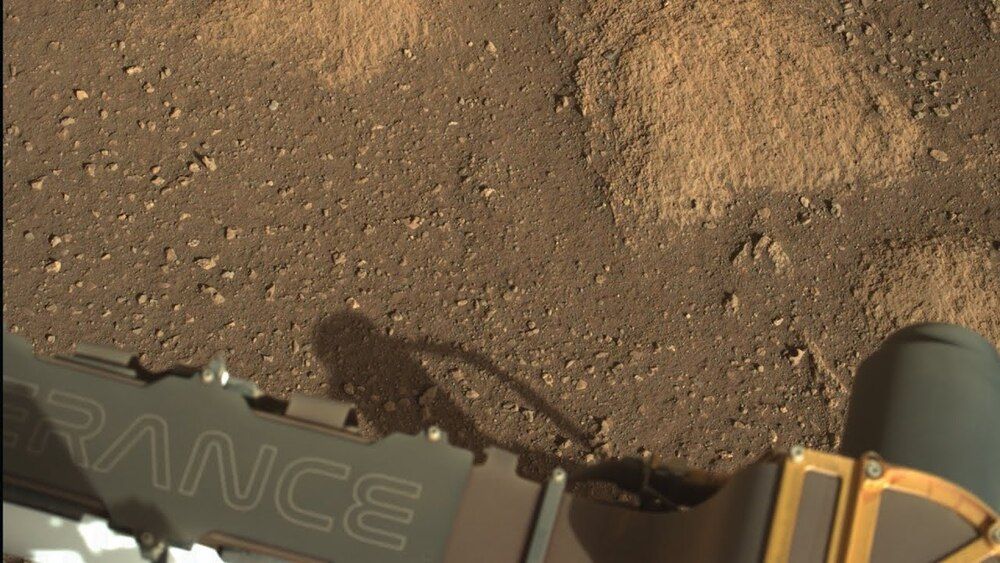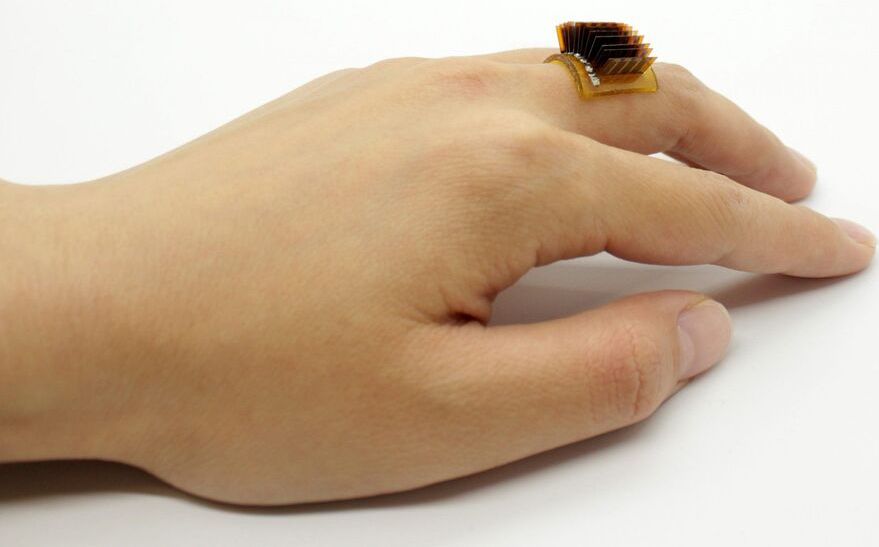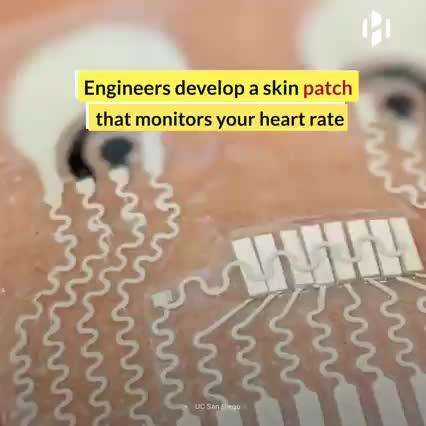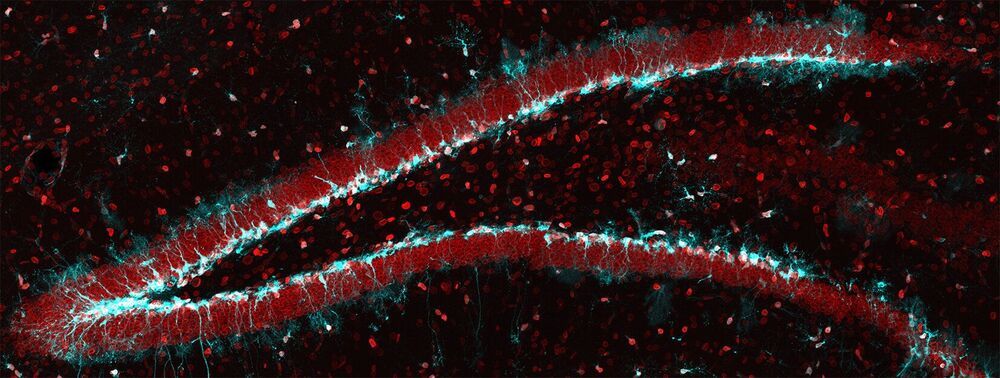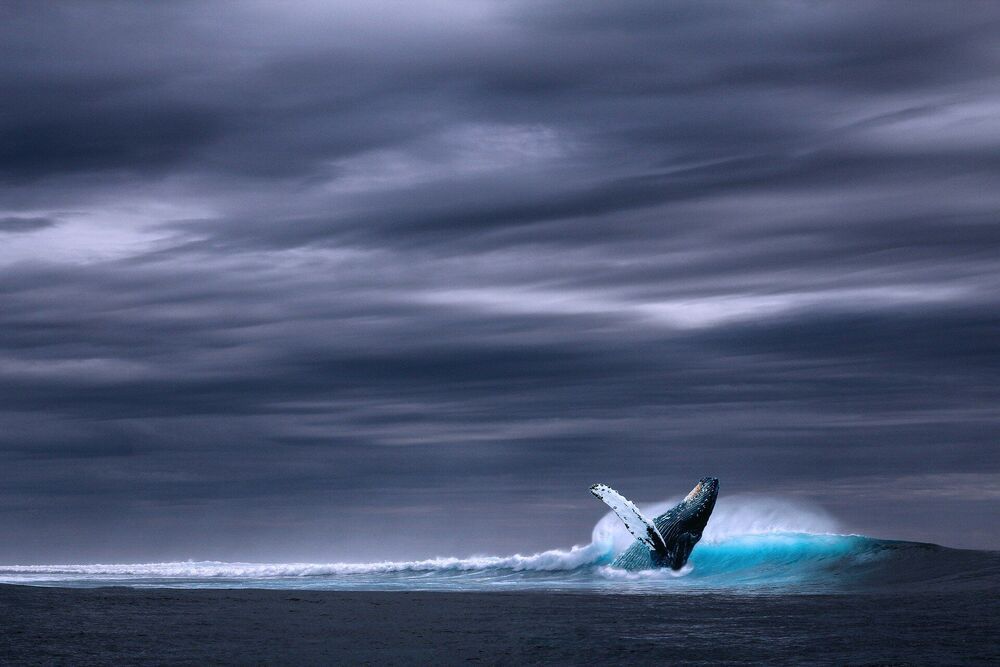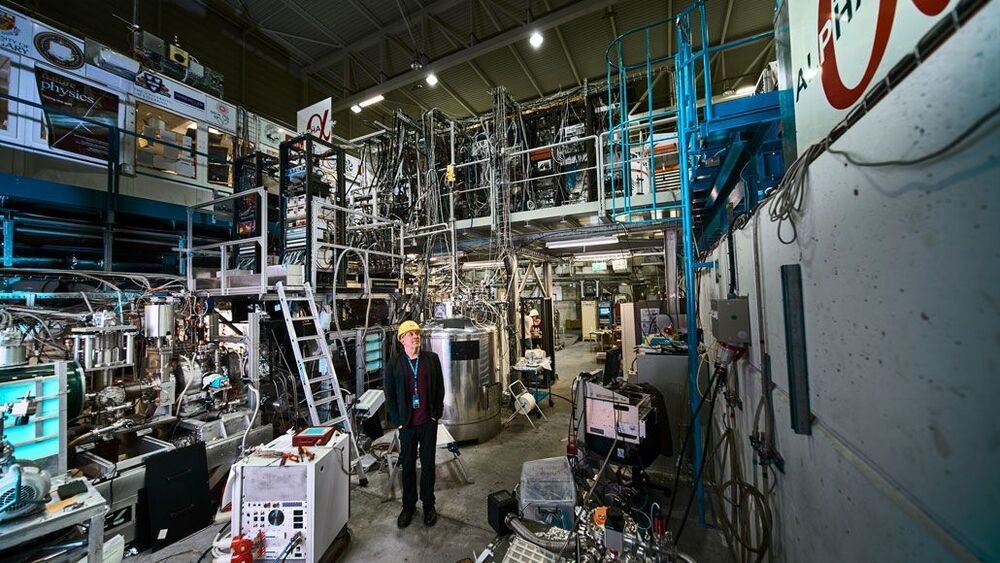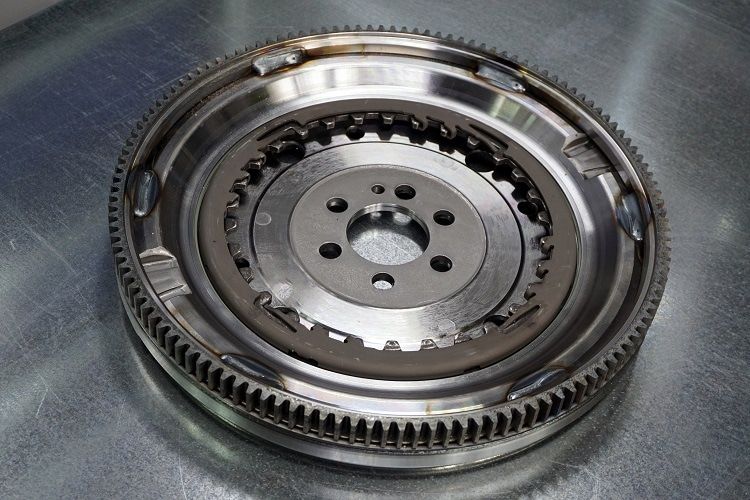Mastcam-Z is one of the scientific instruments onboard NASA’s Perseverance rover. The two cameras create a multispectral, stereoscopic imaging instrument that can zoom in, focus, and take 3D pictures and video at high speed to allow detailed examination of distant objects.
Credit: NASA/JPL-Caltech/MSSS/ASU
Music: Mission to Mars by Audio Hertz courtesy of YouTube Audio Library.
